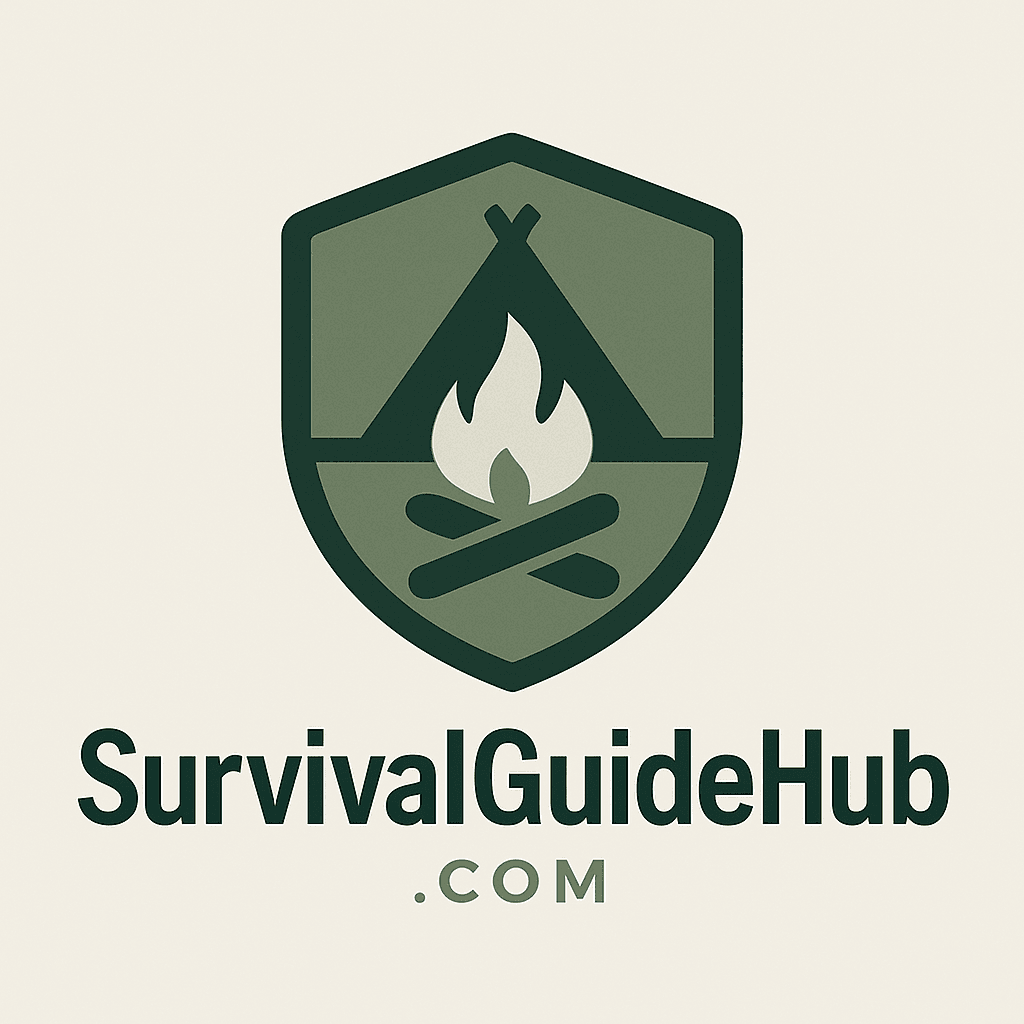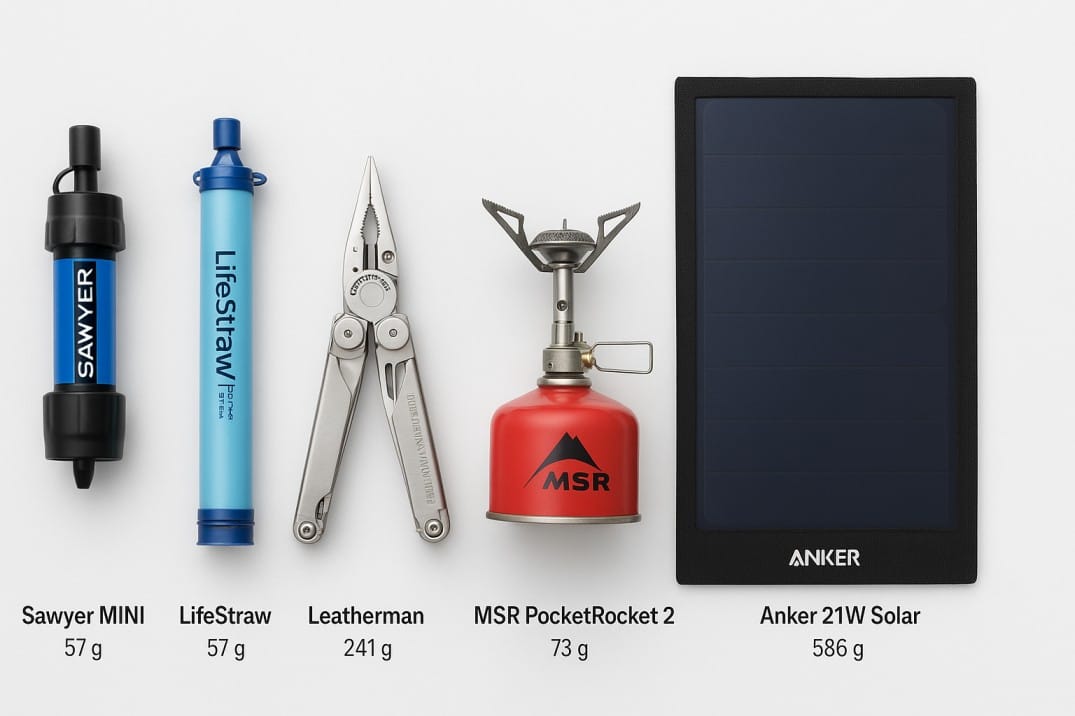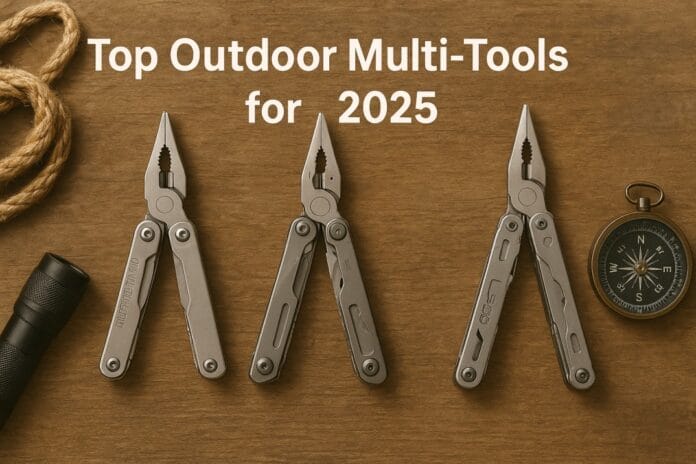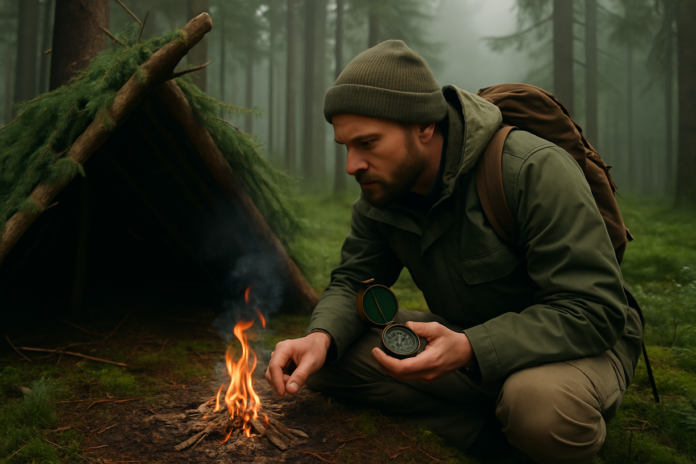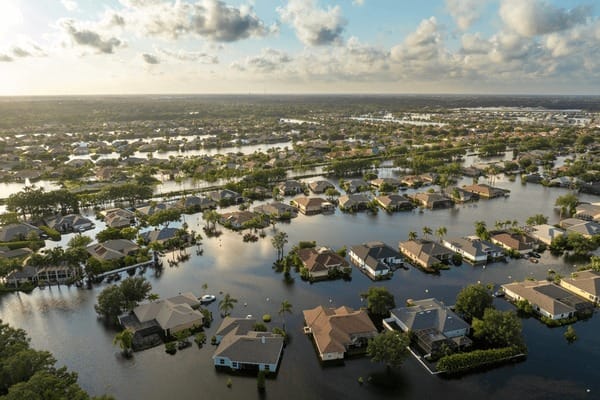Minimalist Bug-Out Kit 2025: How to Build a Lightweight, Multi-Purpose Kit for Fast Mobility
Why Minimalist Prepping Is Trending in 2025
Minimalist prepping—building a Minimalist Bug-Out Kit 2025 that focuses on mobility, multi-purpose items, and durability—is one of the clearest trends in outdoor gear and preparedness this year.
Ultralight packs and multi-use tools let preppers move fast, cover more ground, and avoid overpacking bulky supplies. Recent gear tests and reviews show a strong shift toward lighter materials and smaller footprints for survival kits, driven by hikers, urban evacuees, and budget-conscious preppers who want high performance without excess weight.
What Is a Minimalist Bug-Out Kit?
A Minimalist Bug-Out Kit 2025 is a deliberately pared-back survival pack built around multi-functionality, compactness, and redundancy reduction. It’s not about being “stingy” — it’s about carrying the right tools that serve multiple roles, weigh as little as possible, and pack small.
Core principles:
- Mobility: weight under a targeted limit so you can move quickly (example targets: 6–15 lb total kit weight depending on mission).
- Multi-functionality: gear that does two or more jobs (knife + ferro rod, pot + cup, solar charger + power bank).
- Repairability: items you can fix in the field or replace cheaply.
- Scalability: a base minimal kit you can expand into a longer-term kit if needed.
Core Components — The 7 Essentials for a Minimalist Bug-Out Kit
Below are the seven items I recommend as the backbone of every Minimalist Bug-Out Kit 2025. They balance weight, versatility, and survival value.
1. Ultralight Pack (Shelter + Carry)
The right pack is the foundation: it must be comfortable carrying light loads, have sensible organization, and be durable. Many hikers in 2025 favor ultralight backpacks that trade heavy frames for lighter materials while maintaining load stability. Choose a pack in the 30–50L range for most minimalist kits. If you already have a daypack or commuter pack, look for hip belt support and breathable back panels.
2. Compact, Multi-Use Shelter
Options: a tarp + cord, ultralight one-person tent, or an ultralight bivy. In a minimalist kit, you want weather protection and the ability to improvise shelter. Tarps and tethers are especially multi-purpose (rain shelter, ground cover, sun shade, carry sling).
3. Water — Filtration + Minimal Carry
Water is non-negotiable. For minimal kits, focus on a personal microfilter (like the Sawyer MINI or LifeStraw) and a lightweight collapsible bottle. These filters weigh ounces and let you drink from natural sources rather than hauling gallons of water. Sawyer and LifeStraw remain top choices in 2025 for personal filters.
4. Lightweight Cooking + Fire
A tiny canister stove (MSR PocketRocket 2) or a few solid fuel tablets will cover cooking needs while adding minimal weight. Carry one match/container and one lighter (or a small ferro rod) as redundancy. MSR’s PocketRocket line is a proven ultralight stove for minimalist cooks.
5. Multi-tool & Knife
A compact multi-tool (Leatherman Wave+ or similar) plus a small fixed-blade or folder knife covers repairs, food prep, and gear modification. Choose replaceable parts (wire cutters) and a decent sheath for safety. Leatherman Wave+ is widely recommended for its durability and multi-function layout.
6. Power & Light
Lightweight headlamp, small power bank, and a foldable solar charger (Anker 21W or similar) for recharging essential electronics in long-duration scenarios. Solar + power-bank combos keep navigation and communication devices alive without lugging big batteries.
7. Compact First Aid + Navigation
A DIY compact first aid kit (tourniquet, trauma dressing, disinfectant wipes, adhesive bandages) + a small compass and printed local map. Don’t skip a whistle or emergency blanket—small items that dramatically improve safety. Align with FEMA/Ready.gov guidance on emergency kits for basics.
Top Amazon Picks (2025) — Minimalist Bug-Out Kit Components
Below are the best-selling, highly-rated options that fit a minimalist kit. I checked these product pages to ensure link validity at the time of writing.
- Sawyer MINI Water Filtration System — personal filter, 0.1 micron, ~2 oz. (Sawyer official page & Amazon availability).
Check Sawyer MINI on Amazon - LifeStraw Personal Water Filter — lightweight straw filter, inexpensive and proven.
- Leatherman Wave+ Multi-tool (18-in-1) — durable, repairable multi-tool. :contentReference[oaicite:11]{index=11}
- MSR PocketRocket 2 Ultralight Stove — tiny, fast-boiling canister stove.
- Anker PowerPort Solar 21W Foldable Panel — compact, foldable solar charger for phones & power banks. :contentReference[oaicite:13]{index=13}
- Osprey Exos (lightweight backpack line) — ultralight, comfortable pack options on Amazon and retailers. :contentReference[oaicite:14]{index=14}
Comparison Table — Quick view
| Item | Why Minimalist | Weight (approx.) | CTA |
|---|---|---|---|
| Sawyer MINI | Extremely light, filters bacteria & protozoa | ~2 oz | Check Price on Amazon |
| LifeStraw | Ultra-cheap backup personal filter | <2 oz | Check Price on Amazon |
| Leatherman Wave+ | Durable multi-tool covers many tasks | ~8.5 oz | Check Price on Amazon |
| MSR PocketRocket 2 | Boils fast; tiny footprint | ~2.6 oz | Check Price on Amazon |
| Anker 21W Solar | Recharges phones & power banks from sun | ~1 lb folded | Check Price on Amazon |
| Osprey Exos Pack | Ultralight & comfortable load carrying | 2–3 lb (depends on model) | Check Price on Amazon |
How to Pack for Mobility & Efficiency
Packing well is as important as the gear itself. Here’s a proven minimal-packer workflow that keeps weight down while maximizing readiness:
- Start with clothing layers: a lightweight, packable rain shell, mid-layer, quick-dry base layer, and one extra socks/underwear set stored in a zip bag.
- Group by function: Shelter + sleep (tarp, bivy, sleeping bag liner), Water (filter + collapsible bottle), Food + cooking (stove, fuel), Repair & tools (multi-tool, tape), First aid + hygiene.
- Use compression/small pouches: keep items organized and reachable. Save weight with cuben fiber/nylon stuff sacks and a small waterproof dry bag for critical items.
- Pack heavy items close to your spine: keeps center of gravity for easier movement.
- Weigh your kit: aim for your personal mobility target and test by walking 2–5 miles with the kit to confirm comfort.
Mistakes to Avoid in Minimalist Prepping
- Over-minimizing essentials — don’t skip first-aid items or reliable water solutions to save ounces.
- Buying single-use gear — favor repairable tools and parts you can replace or maintain in the field.
- Ignoring local hazards — your kit for desert evacuation is different than one for cold weather or flood zones.
- Not practicing — a minimalist kit requires practice to use under stress. Run drills with your kit at least twice a year.
Expert Tips for Long-Term Survival with Less
• Carry spare repair items (duct tape, safety wire, zip ties) — small weight, huge versatility.
• Regularly swap consumables (water filter cartridges if applicable) and test electronics.
• Practice “kit triage”: every 6 months, remove anything you didn’t use in drills or outings. If you never used it in a training scenario, you likely don’t need it in the base minimalist kit.
Conclusion — Build, Test, Repeat (and Buy Smart)
A Minimalist Bug-Out Kit 2025 is about smart decisions: choose multi-function gear, validate components in real drills, and buy durable items that remain useful year after year. Start with the seven essentials above, pick the Amazon-tested gear that fits your budget and mission profile, and run practice evacuations regularly.
Ready to start? Check the recommended gear, assemble a base kit this weekend, and take a short 3–5 mile hike to test comfort and function.
External resources: FEMA / Ready.gov’s Build a Kit guidance (official checklist).
FAQ
- What should a Minimalist Bug-Out Kit 2025 include?
A basic minimalist kit includes a small ultralight backpack, compact shelter, personal water filter, lightweight stove or fire kit, multi-tool or knife, headlamp + solar charger, and a compact first-aid/navigation set. - How much should a minimalist bug-out kit weigh?
Targets vary by mission—day mobility kits may be 6–10 lb; longer-term minimalist kits up to 12–15 lb. Test by walking with your kit and adjust for comfort and speed. - Are personal water filters like Sawyer or LifeStraw reliable?
Yes—Sawyer MINI and LifeStraw are proven personal filters that remove bacteria and protozoa. They’re lightweight and ideal for emergency use, but they don’t remove chemicals or viruses — plan accordingly. - What is the best lightweight stove for a minimalist kit?
The MSR PocketRocket 2 is a top ultralight canister stove choice for minimalists because it boils fast and weighs only a few ounces. - Where can I find a proven checklist for disaster kits?
FEMA / Ready.gov offers a government-backed disaster supplies checklist you should cross-check with your minimalist kit.
Get the Kit — Quick CTA
Want a printable checklist and direct links to the gear above? Start with the Amazon picks and assemble your kit today.
